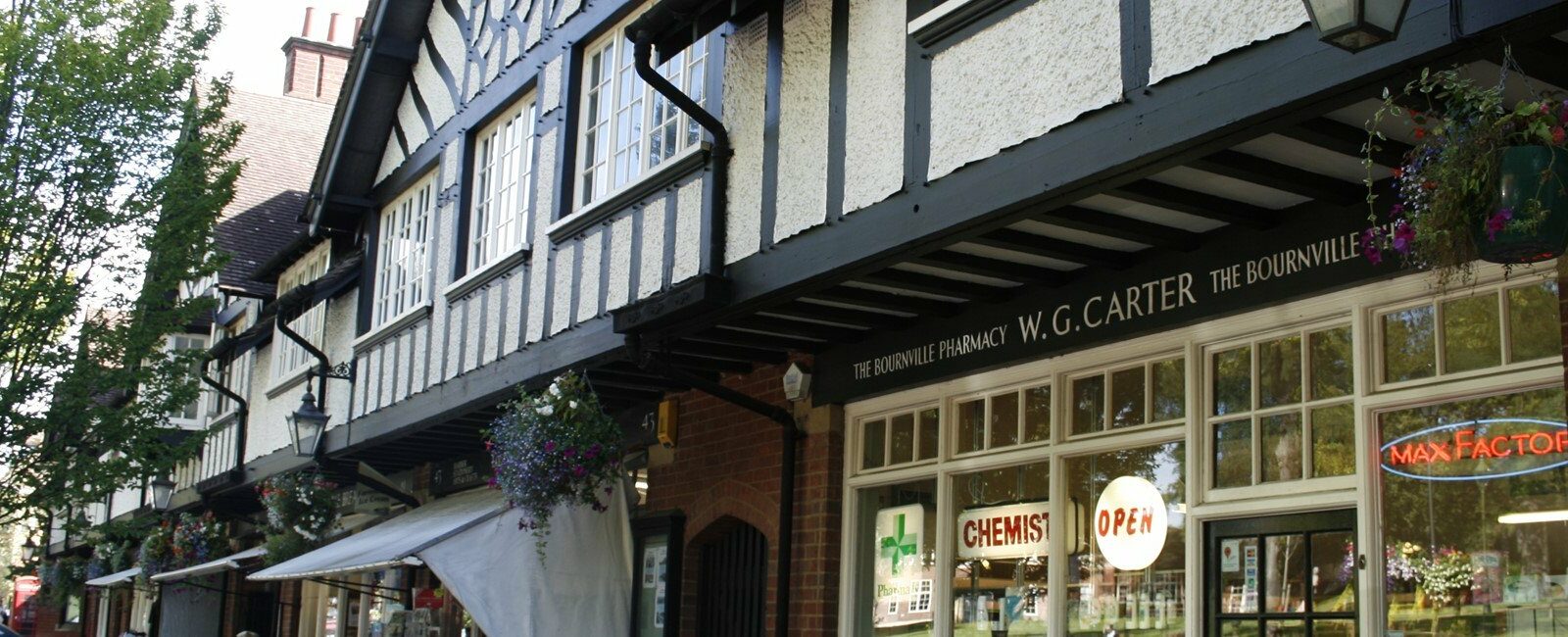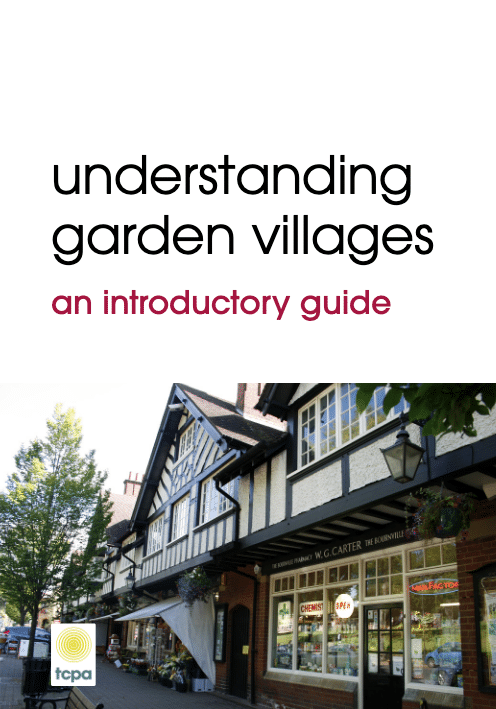In January 2017 the government announced its support for 14 new ‘garden villages’ – new communities of 1,500-10,000 homes which meet criteria set out in the 2016 Locally-Led Garden Villages, Towns and Cities prospectus. These projects are to be supported alongside ten larger ‘garden towns’.
Like the idea of the Garden City, the garden village concept is not new. Garden villages form an important part of Britain’s urban development history, and have been used to describe a range of smaller new communities built in various forms in a period stretching from the Industrial Revolution to beyond the creation of the second and last Garden City at Welwyn in the 1920s. Many places that may be called the ‘original garden villages’ still thrive today, and provide an important source of learning for the development of new garden villages.
The original garden villages were based on a strong foundation of industry and employment, with their developers seeking to create well designed, healthy places and affordable homes.
Garden villages built today should apply the same principles, but in a 21st century context, to create vibrant, diverse and affordable communities. Without providing the right employment, community facilities and range of housing, new garden villages risk becoming dormitory commuter suburbs – the antithesis of the Garden City idea.
This publication highlights the key characteristics of historical ‘model’ and garden villages, to help inform the design and delivery of new garden villages today. It is designed to provide inspiration for the planning, design and long-term management of new places, and to help local authorities and private sector delivery partners to understand what makes a successful garden village and what distinguishes it from a larger new community.
The TCPA has produced a suite of guidance documents on planning for, designing, and delivering new communities at a range of scales. These documents should be read alongside this guide.


